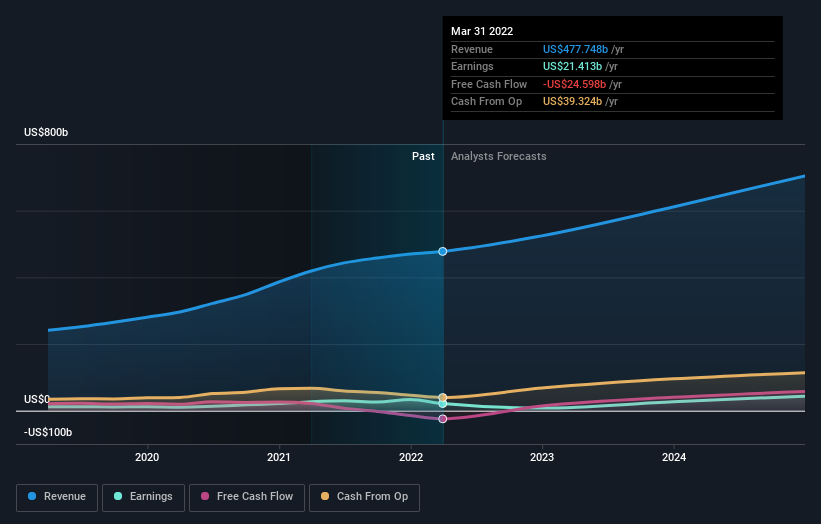Today we’re going to take a look at the well-established Amazon.com, Inc. (NASDAQ:AMZN). The company’s stock saw a double-digit share price rise of over 10% in the past couple of months on the NASDAQGS. As a large-cap stock with high coverage by analysts, you could assume any recent changes in the company’s outlook is already priced into the stock. However, what if the stock is still a bargain? Today I will analyse the most recent data on Amazon.com’s outlook and valuation to see if the opportunity still exists.
See our latest analysis for Amazon.com
What is Amazon.com worth?
Amazon.com appears to be expensive according to my price multiple model, which makes a comparison between the company’s price-to-earnings ratio and the industry average. I’ve used the price-to-earnings ratio in this instance because there’s not enough visibility to forecast its cash flows. The stock’s ratio of 55.34x is currently well-above the industry average of 18.2x, meaning that it is trading at a more expensive price relative to its peers. But, is there another opportunity to buy low in the future? Given that Amazon.com’s share is fairly volatile (i.e. its price movements are magnified relative to the rest of the market) this could mean the price can sink lower, giving us another chance to buy in the future. This is based on its high beta, which is a good indicator for share price volatility.
What does the future of Amazon.com look like?
Future outlook is an important aspect when you’re looking at buying a stock, especially if you are an investor looking for growth in your portfolio. Although value investors would argue that it’s the intrinsic value relative to the price that matter the most, a more compelling investment thesis would be high growth potential at a cheap price. With profit expected to more than double over the next couple of years, the future seems bright for Amazon.com. It looks like higher cash flow is on the cards for the stock, which should feed into a higher share valuation.
What this means for you:
Are you a shareholder? It seems like the market has well and truly priced in AMZN’s positive outlook, with shares trading above industry price multiples. However, this brings up another question – is now the right time to sell? If you believe AMZN should trade below its current price, selling high and buying it back up again when its price falls towards the industry PE ratio can be profitable. But before you make this decision, take a look at whether its fundamentals have changed.
Are you a potential investor? If you’ve been keeping an eye on AMZN for a while, now may not be the best time to enter into the stock. The price has surpassed its industry peers, which means it is likely that there is no more upside from mispricing. However, the optimistic prospect is encouraging for AMZN, which means it’s worth diving deeper into other factors in order to take advantage of the next price drop.
So while earnings quality is important, it’s equally important to consider the risks facing Amazon.com at this point in time. Be aware that Amazon.com is showing 3 warning signs in our investment analysis and 1 of those is a bit unpleasant…
If you are no longer interested in Amazon.com, you can use our free platform to see our list of over 50 other stocks with a high growth potential.
Have feedback on this article? Concerned about the content? Get in touch with us directly. Alternatively, email editorial-team (at) simplywallst.com.
This article by Simply Wall St is general in nature. We provide commentary based on historical data and analyst forecasts only using an unbiased methodology and our articles are not intended to be financial advice. It does not constitute a recommendation to buy or sell any stock, and does not take account of your objectives, or your financial situation. We aim to bring you long-term focused analysis driven by fundamental data. Note that our analysis may not factor in the latest price-sensitive company announcements or qualitative material. Simply Wall St has no position in any stocks mentioned.












Add Comment